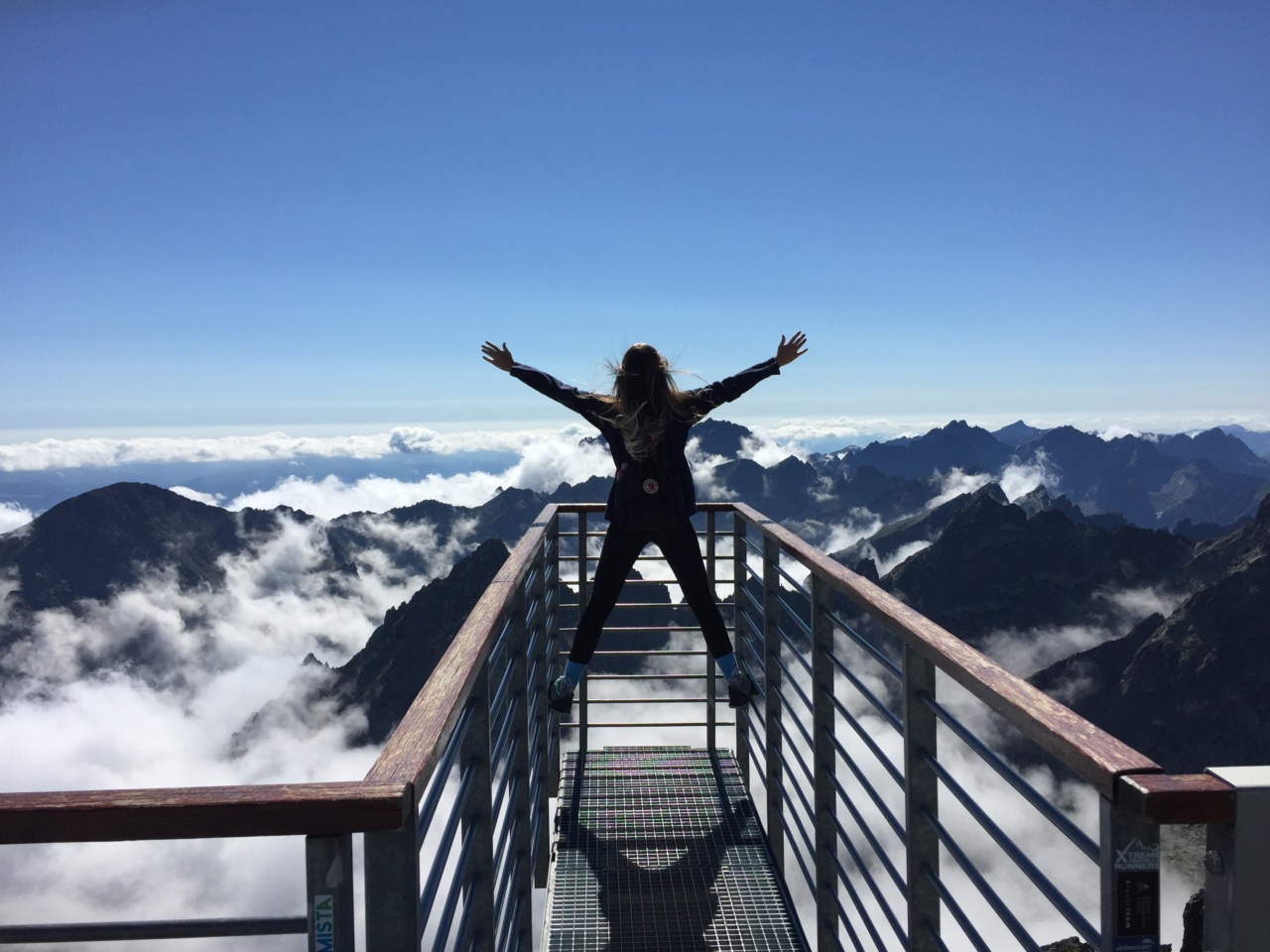High blood pressure, also known as hypertension, is a common health condition that affects many people around the world.
It occurs when the force of blood against the artery walls is too high, which can cause a range of health problems such as heart disease, stroke, and kidney failure. While high blood pressure may not have any symptoms, there are still several signs you may experience if you have elevated blood pressure levels. Here are the top 9 signs you might have high blood pressure:.
1. Headaches
One of the most common signs of high blood pressure is headaches. These headaches typically occur in the morning and are often described as a pounding sensation in the head.
While headaches can have many causes, persistent headaches that are accompanied by other symptoms such as dizziness, fatigue, and blurred vision may be a sign of high blood pressure.
2. Fatigue and dizziness
Another possible sign of high blood pressure is fatigue and dizziness. This can occur due to the reduced blood flow to the brain, which can cause dizziness and lightheadedness.
Fatigue may also result from the body working harder to pump blood through the arteries, which can cause exhaustion.
3. Blurred vision or vision changes
High blood pressure can also affect your eyesight. Vision changes, such as blurred vision, decreased vision, or double vision, are common symptoms of hypertension.
This occurs because of pressure on the small blood vessels in the eye, leading to vision disturbances.
4. Chest pain
High blood pressure can also cause chest pain, which may be a sign of a heart attack or angina. The chest pain can range from a mild discomfort to a sharp pain or pressure in the chest.
If you experience chest pain, you should seek medical attention immediately.
5. Shortness of breath
Another sign of high blood pressure is shortness of breath. This can occur due to the heart working harder to pump blood through the body, which can cause rapid breathing and shortness of breath.
If you experience shortness of breath, you should seek medical advice as soon as possible.
6. Nosebleeds
Some people may experience nosebleeds if they have high blood pressure. While nosebleeds can have many causes, hypertension can cause the blood vessels in the nose to burst, leading to bleeding.
7. Irregular heartbeat or palpitations
High blood pressure can also cause an irregular heartbeat or palpitations. This occurs because the heart has to work harder to pump blood through the body, which can lead to an irregular heartbeat.
8. Swelling in the ankles, legs, or feet
Swelling in the ankles, legs, or feet is a possible sign of high blood pressure. This occurs due to the reduced blood flow in the veins, leading to fluid buildup in the legs and feet.
9. Flushing or facial redness
High blood pressure can also cause flushing or facial redness. This can occur due to the blood vessels in the face dilating, which can lead to a flushed appearance.
If you experience any of the above symptoms, you should seek medical attention as soon as possible. High blood pressure can be treated with lifestyle changes and medication, but it is important to diagnose and treat it early to prevent complications.





























